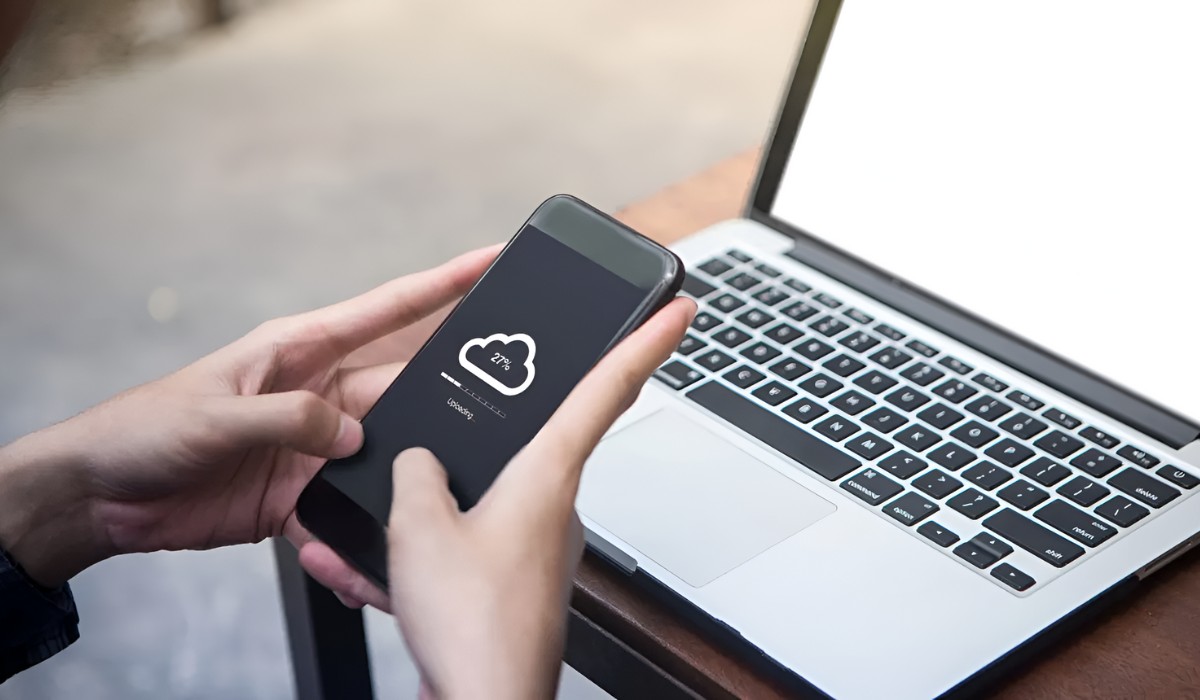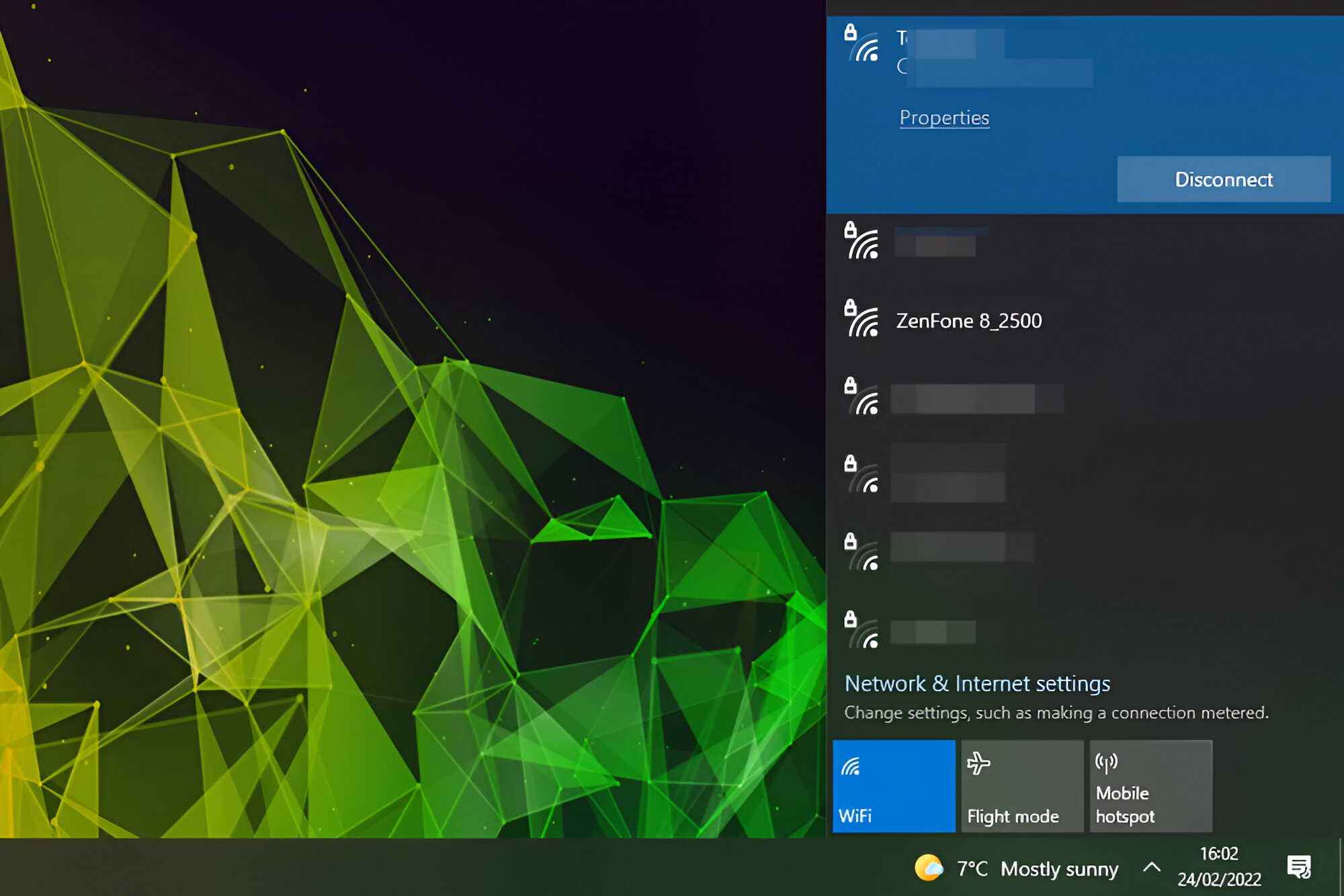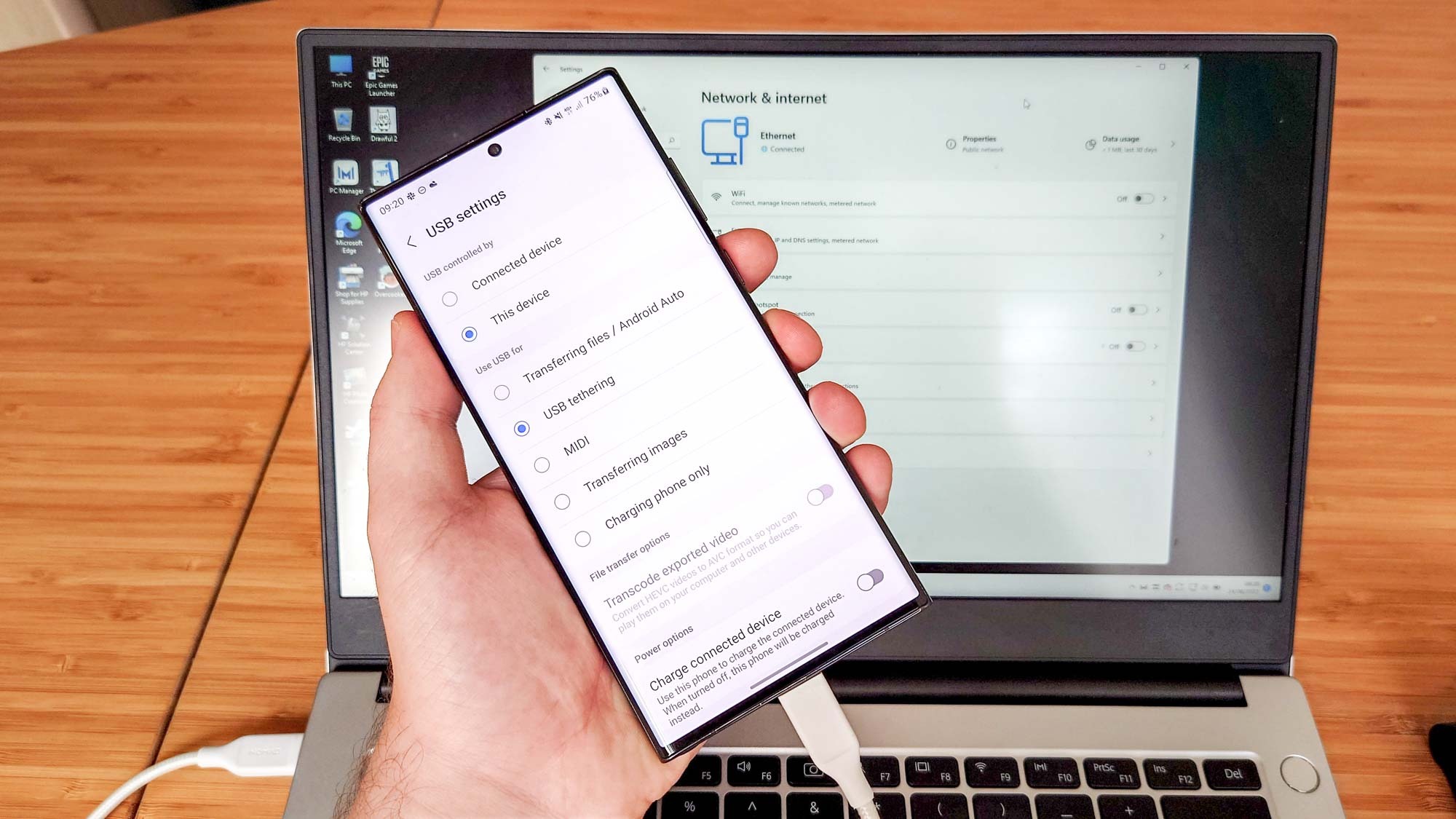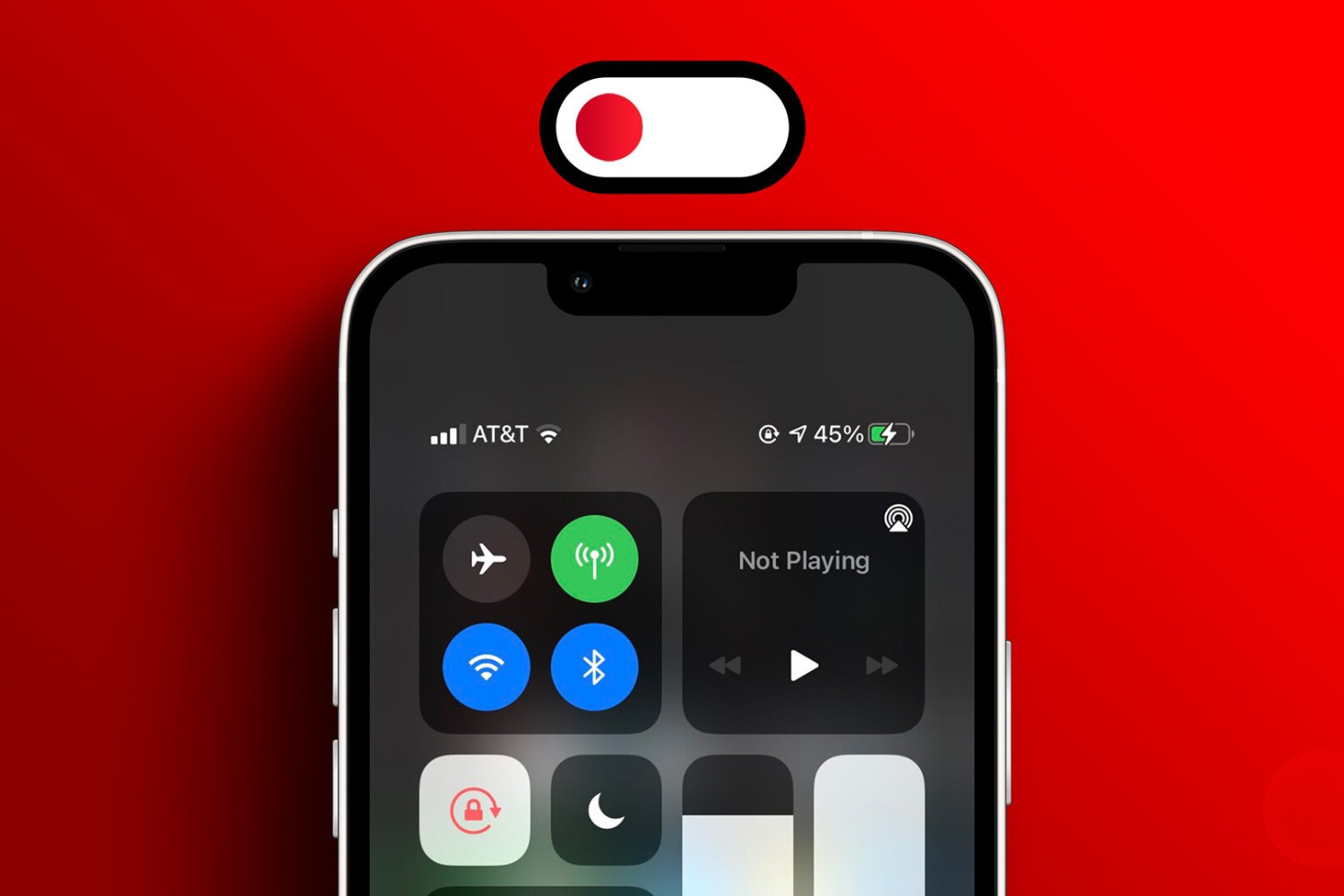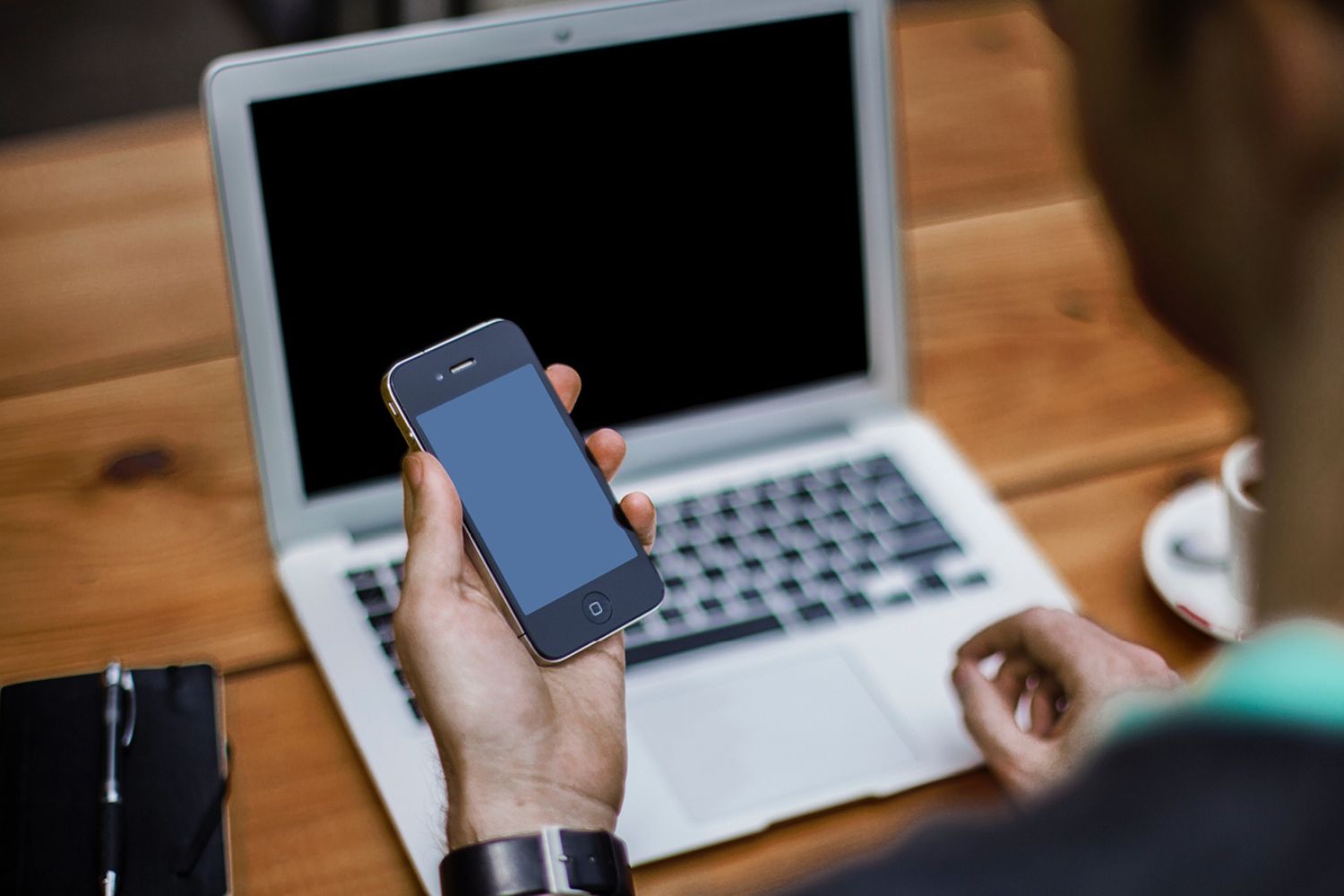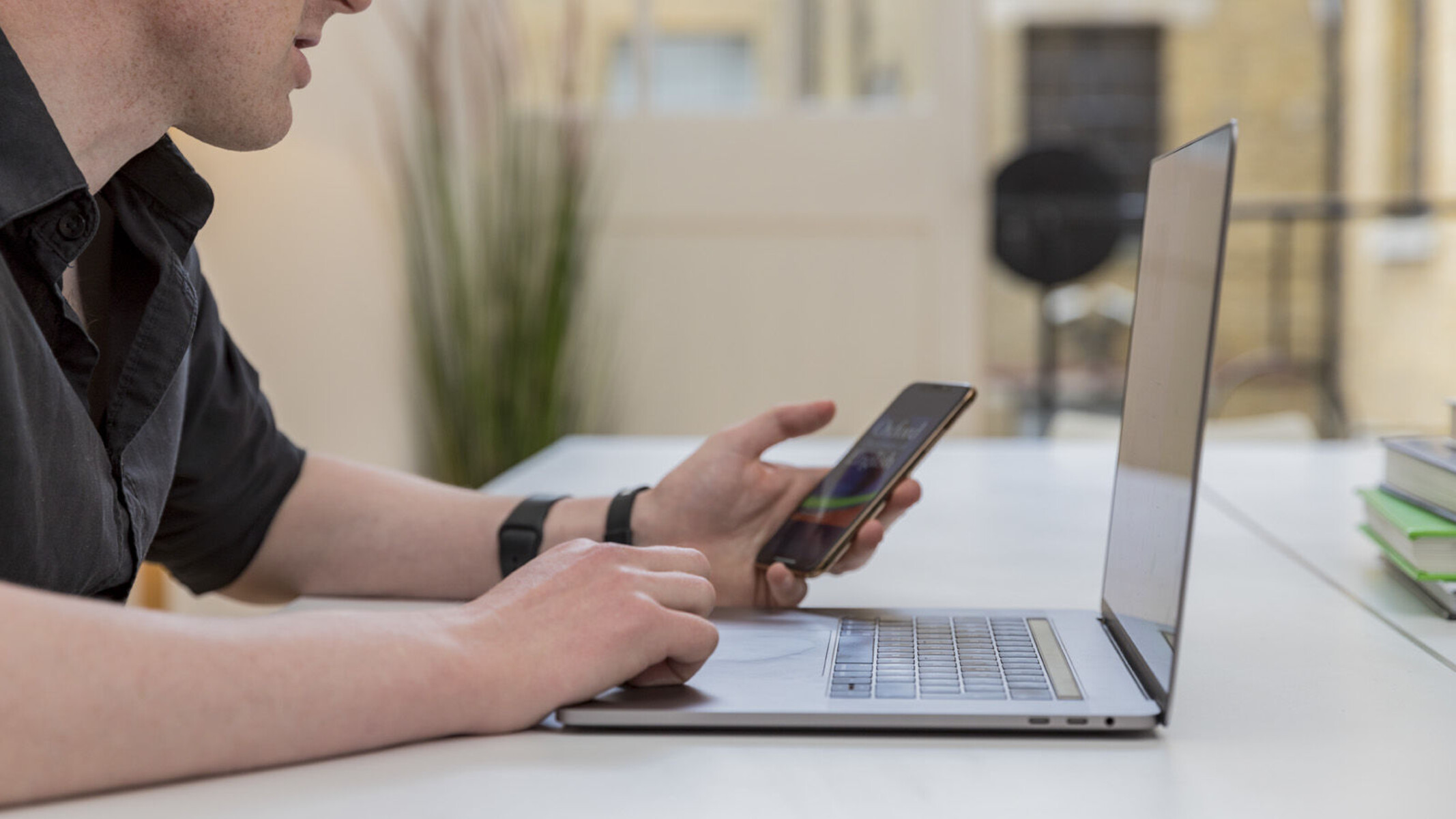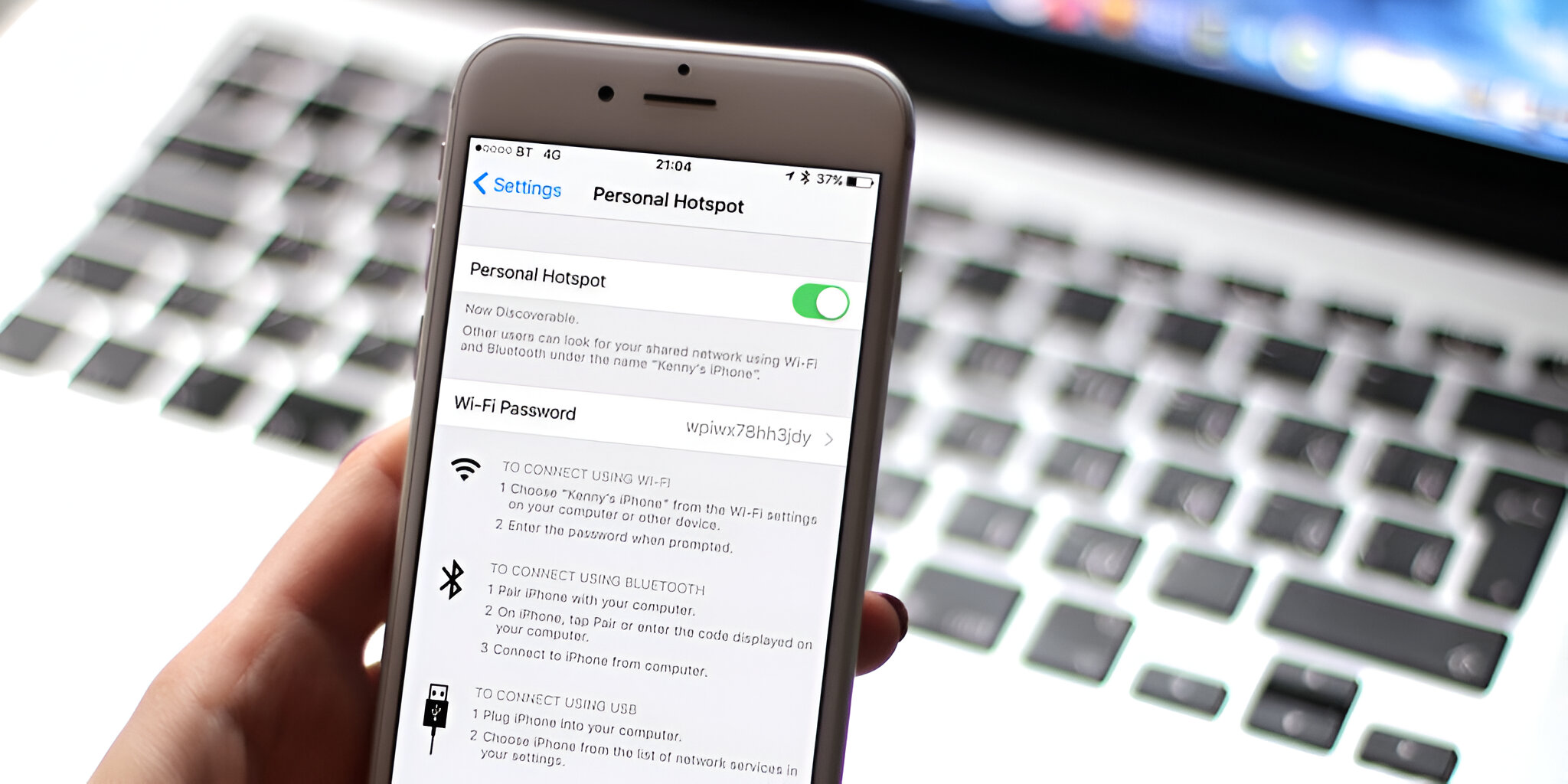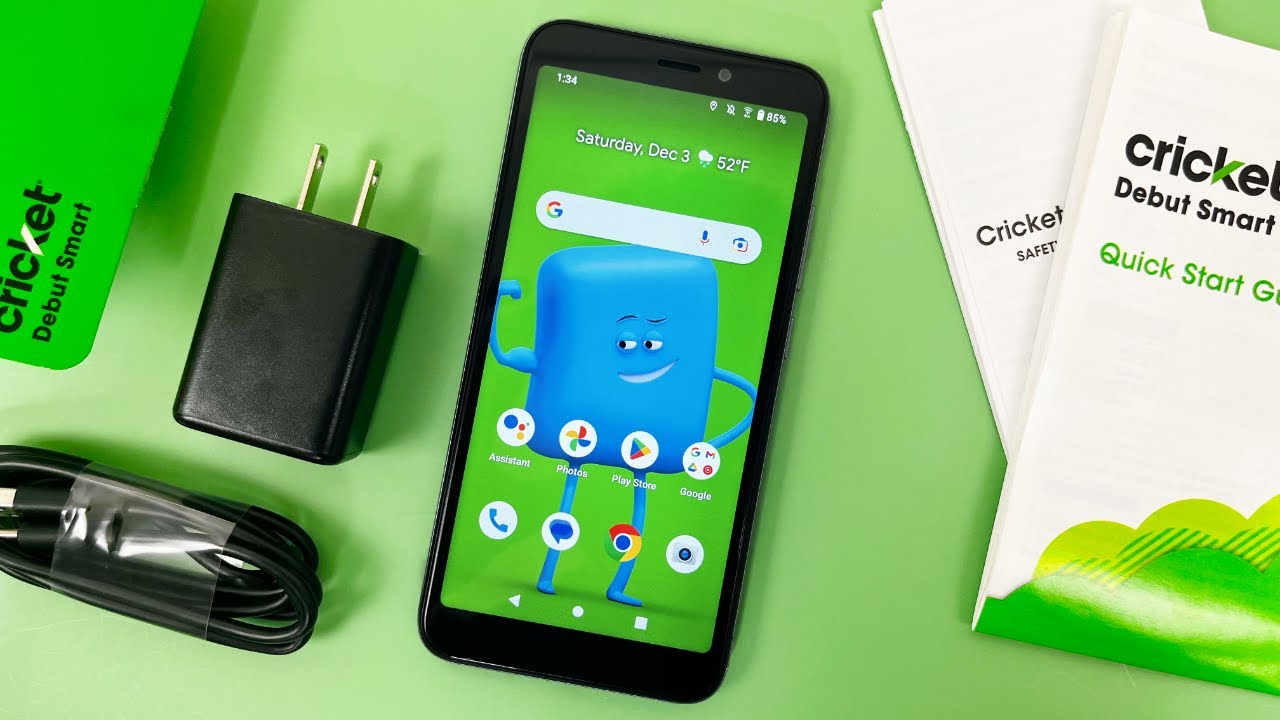Introduction
In today’s fast-paced world, staying connected is essential, whether it’s for work, study, or entertainment. However, there are times when accessing a stable Wi-Fi connection on your laptop might not be feasible. In such situations, leveraging your phone’s data connection to access the internet on your laptop without using a hotspot can be a game-changer. This article will delve into the intricacies of utilizing phone data on a laptop without a hotspot, providing valuable insights and tips to help you stay connected seamlessly.
Whether you're traveling, working remotely, or experiencing Wi-Fi connectivity issues, knowing how to harness your phone's data on your laptop can be a lifesaver. It not only ensures uninterrupted connectivity but also offers a backup plan when traditional Wi-Fi options are unavailable. The process may seem complex at first, but with the right guidance and understanding, it can be a straightforward and efficient solution.
In the following sections, we will explore the fundamentals of phone data and laptop connectivity, shedding light on the underlying mechanisms that enable this synergy. Additionally, we will uncover practical tips and techniques that empower you to harness your phone's data for seamless internet access on your laptop. By the end of this article, you will have a comprehensive understanding of this innovative approach, equipping you with the knowledge to navigate the digital landscape with confidence and adaptability.
Understanding Phone Data and Laptop Connectivity
Understanding the intricacies of phone data and laptop connectivity is pivotal to effectively harnessing your phone's data on your laptop without a hotspot. Phone data, often referred to as mobile data, encompasses the internet connectivity provided by your cellular network. This data can be utilized for various online activities, including browsing the web, accessing emails, streaming media, and engaging in video calls.
Laptop connectivity, on the other hand, entails the means by which a laptop establishes an internet connection. Traditionally, laptops rely on Wi-Fi networks or wired connections to access the internet. However, in scenarios where these conventional options are unavailable or unreliable, leveraging phone data can serve as a viable alternative.
To enable your laptop to utilize your phone's data, you can leverage the phone's built-in tethering feature. Tethering allows the phone to function as a modem, sharing its internet connection with other devices, such as laptops, through various connectivity methods like USB tethering, Wi-Fi hotspot, and Bluetooth tethering. This essentially transforms your phone into a portable Wi-Fi hotspot, facilitating internet access for your laptop.
It's important to note that the feasibility of utilizing phone data on a laptop without a hotspot depends on factors such as your cellular plan, network coverage, and device compatibility. Additionally, understanding the data consumption implications is crucial, as tethering can consume data at a different rate compared to regular phone usage.
Moreover, the technical aspects of compatibility between your phone and laptop play a crucial role in ensuring seamless connectivity. Different phone models and operating systems may have varying tethering options and settings, necessitating a nuanced understanding of the specific procedures for each device.
In essence, comprehending the dynamics of phone data and laptop connectivity involves gaining insight into the tethering capabilities of your phone, understanding the data consumption nuances, and ensuring compatibility between your phone and laptop. By delving into these fundamental aspects, you can pave the way for a smooth and efficient integration of your phone's data with your laptop, thereby enhancing your connectivity options in diverse scenarios.
Tips for Utilizing Phone Data on Laptop Without Hotspot
-
Optimize Data Usage: Prioritize essential tasks and limit bandwidth-intensive activities when using your phone's data on your laptop. This includes minimizing video streaming, large file downloads, and other data-heavy processes to conserve data and ensure a stable connection.
-
Enable USB Tethering: If your phone and laptop support USB tethering, consider using this method for connecting your laptop to your phone's data. This approach offers a reliable and secure connection, leveraging the USB cable to transmit data between the devices.
-
Utilize Bluetooth Tethering: For enhanced mobility and flexibility, explore the option of Bluetooth tethering. By pairing your phone and laptop via Bluetooth, you can establish a wireless connection, allowing your laptop to access the internet using your phone's data.
-
Monitor Data Consumption: Stay mindful of your data usage to avoid exceeding your plan's limitations. Most smartphones provide built-in tools to monitor data consumption, enabling you to track usage patterns and make informed decisions about your online activities.
-
Update Device Drivers: Ensure that the drivers for your phone and laptop are up to date, especially when utilizing USB or Bluetooth tethering. Updated drivers can enhance compatibility and performance, contributing to a smoother data-sharing experience.
-
Invest in a Data-Saving Browser Extension: Consider installing data-saving browser extensions or utilizing browsers with built-in data-saving features. These tools can compress web content, reduce data usage, and optimize browsing efficiency when accessing the internet through your phone's data.
-
Explore Offline Modes: When applicable, explore offline modes for certain applications and services on your laptop. Offline functionality can minimize data usage by allowing you to access content without requiring a continuous internet connection.
-
Utilize Data-Saving Apps: Explore the availability of data-saving apps for both your phone and laptop. These applications are designed to optimize data usage, restrict background data consumption, and provide insights into data-saving techniques tailored to your usage patterns.
-
Consider Network Signal Boosters: In situations where network coverage is a concern, consider using network signal boosters or amplifiers to enhance the cellular signal strength, improving the overall stability and speed of your phone's data connection.
-
Implement Data Management Practices: Embrace data management practices such as caching frequently accessed content, utilizing content delivery networks (CDNs), and employing efficient data compression techniques to streamline your online experience and conserve data.
By incorporating these tips into your approach for utilizing phone data on your laptop without a hotspot, you can optimize your connectivity, manage data consumption effectively, and navigate various scenarios with confidence and adaptability. Whether you're working remotely, traveling, or seeking reliable internet access, these strategies empower you to leverage your phone's data seamlessly, ensuring uninterrupted connectivity for your laptop.
Conclusion
In conclusion, the ability to utilize phone data on a laptop without a hotspot presents a versatile and practical solution for staying connected in diverse circumstances. By understanding the dynamics of phone data and laptop connectivity, individuals can harness the full potential of their devices, ensuring seamless internet access and adaptability in the face of connectivity challenges. The fundamental principles of optimizing data usage, leveraging tethering methods, and implementing data management practices form the cornerstone of this innovative approach.
The tips provided offer actionable strategies to enhance the efficiency and sustainability of utilizing phone data on a laptop without a hotspot. From prioritizing essential tasks to exploring data-saving browser extensions and apps, these recommendations empower users to make informed decisions, conserve data, and maintain a reliable connection. Furthermore, the emphasis on monitoring data consumption and updating device drivers underscores the importance of proactive management and technical readiness in facilitating a seamless integration between phone data and laptops.
In an era where connectivity is integral to productivity, communication, and entertainment, the ability to leverage phone data on a laptop without a hotspot transcends mere convenience. It serves as a contingency plan, a productivity enhancer, and a gateway to uninterrupted online access, irrespective of traditional Wi-Fi availability. Whether navigating remote work responsibilities, academic pursuits, or leisure activities, the knowledge and strategies outlined in this article equip individuals with the tools to adapt and thrive in an increasingly connected world.
As technology continues to evolve, the synergy between phone data and laptop connectivity underscores the significance of resourcefulness and adaptability. By leveraging these insights and tips, individuals can confidently navigate various scenarios, ensuring that their laptops remain seamlessly connected, empowered by the reliable and versatile nature of their phone's data. With a proactive approach to data management and a nuanced understanding of tethering capabilities, individuals can transcend connectivity limitations, embracing a dynamic and resilient approach to staying connected.
In essence, the fusion of phone data and laptop connectivity without a hotspot exemplifies the ingenuity and adaptability inherent in modern digital solutions. By embracing these strategies, individuals can harness the full potential of their devices, ensuring uninterrupted access to the wealth of opportunities and resources available in the digital landscape.









